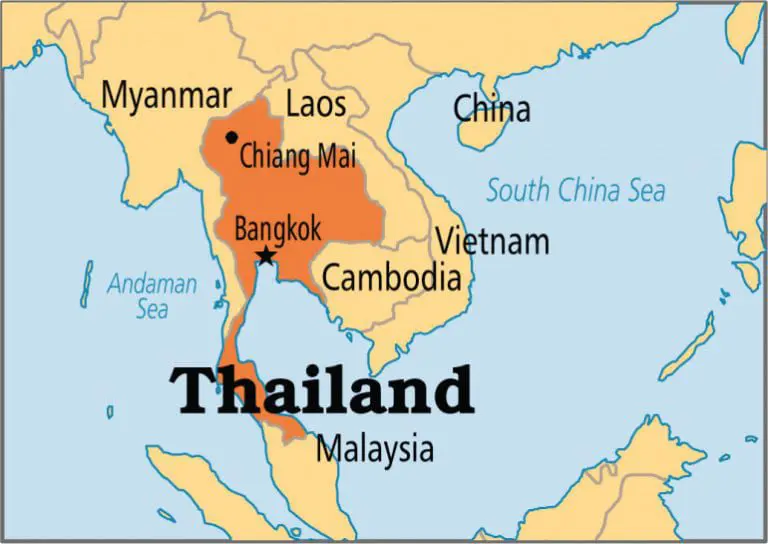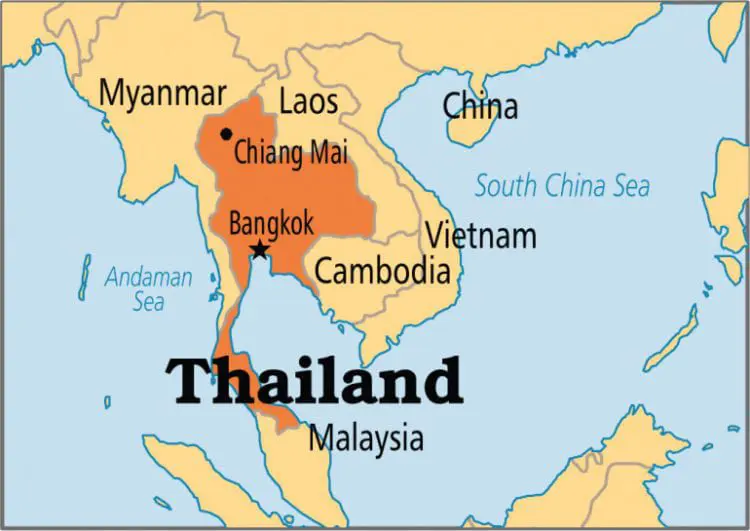Liraz Postan
Liraz is an International SEO and Content Expert with over 13 years of experience.

The Thai language is a fascinating language to learn or simply learn more about, presenting a complex, rich culture with a complex, rich language.

Thailand is an amazing country with a deep, lengthy history filled with cultural wonders and places of interest, and the Thai people are a warm, inviting bunch that revels in the rich traditions their culture has built up over the course of centuries. In the Western world we don’t think often of Thailand unless we happen to know some Thai people, or are planning a trip – but the Thai culture, and the Thai language, is well worth learning even if you’re not like me and learning new languages in your role as a translation service professional and general Word Nerd.
Learning about Thai is almost as interesting and fun as actually learning the language itself. It’s an incredibly interesting language – and if all you’re used to are Romance languages or English, it’s also an incredibly unique language. Whatever your motivation, it’s well worth your time to investigate Thai, and I’ll use this essay to try and ‘prime the pump’ a bit and motivate you to learn a bit about this amazing language.
Officially, the Thai language is spoken by 20 million people, primarily in Thailand. Also referred to as Siamese (from the ancient name of the country, Siam) the name ‘Thai’ generally means the dialect of the language spoken in Bangkok by the upper class, with several regional variations forming what linguists consider distinct dialects, but which the Thai People merely think of as ‘other forms of Thai,’ regarding the language as a cohesive whole that is simply used differently in some areas of the world.
From the perspective of language translation, Thai is a fascinating example of a language that sometimes needs internal translation. Spoken Thai has several distinct forms: Street or Common Thai is informal and used primarily between close friends and family; Elegant or Formal, used in more official interactions and generally in the newspapers; Rhetorical Thai, which obviously would be used in public speaking, and Religious and Royal Thai, each used in very specific social contexts. Almost all Thai People understand all of these ‘registers,’ but primarily use Street Thai.
The Thai language has many fascinating features. For example, it’s a more complicated language to pronounce: There are 44 consonants in the language that produce 21 distinct sounds – however when a consonant falls at the end of a word or sentence, the pronunciation changes according to a very complex set of linguistic rules.
Also, there is no capitalization in written Thai. These factors combine to make Thai seem impenetrable to outsiders. You can learn how to speak Thai from a book, for example, and then find you can neither understand or be understood by native speakers because you don’t have a grasp on the complicated pronunciation rules.
Thai is well worth your time, even if it’s just to read some books and get a general concept of the language and the historical events that have shaped it.
Looking for professional translation services? For help with English to Thai translations – Contact us today!
What our customers are saying